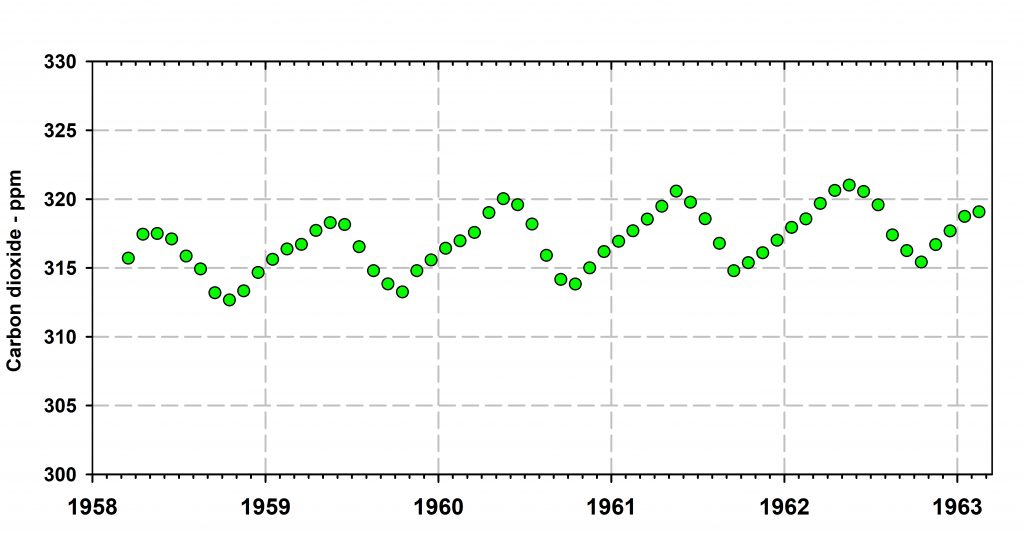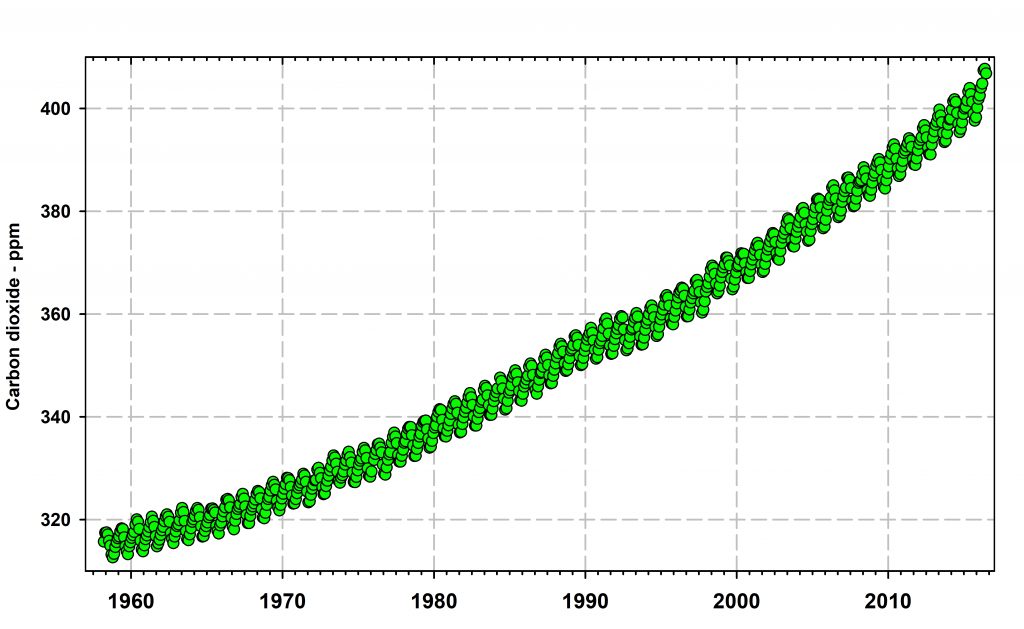We are in ecology continually discussing what progress we are making in answering the central questions of our science. For this reason, it is sometimes interesting to compare our situation with that of economics, the queen of the social sciences, where the same argument also continues. A review by David Graeber (2019) in the New York Review of Books contains some comments about the ‘theoretical war’ in economics that might apply to some ecology subdisciplines. In it he discusses the arguments in social science between two divergent views of economics, that of the school of Keynesians and that of the now dominant Neoclassical School led by Frederich Hayek and later by Milton Friedman and many others of the Chicago School. John Maynard Keynes threw down a challenge illustrated in this quote from Graeber (2019):
“In other words, ‘(Keynes)’ assumed that the ground was always shifting under the analysts’ feet; the object of any social science was inherently unstable. Max Weber, for similar reasons, argued that it would never be possible for social scientists to come up with anything remotely like the laws of physics, because by the time they had come anywhere near to gathering enough information, society itself, and what analysts felt was important to know about it, would have changed so much that the information would be irrelevant. (p. 57)”
Precise quantitative predictions could be provided by simplified economic models, the Chicago School argued in rebutting Keynes. Graeber (2019) comments:
“Surely there’s nothing wrong with creating simplified models. Arguably, this is how any science of human affairs has to proceed. But an empirical science then goes on to test those models against what people actually do, and adjust them accordingly. This is precisely what economists did not do. Instead, they discovered that, if one encased those models in mathematical formulae completely impenetrable to the noninitiate, it would be possible to create a universe in which those premises could never be refuted. (“All actors are engaged in the maximization of utility. What is utility? Whatever it is that an actor appears to be maximizing.”) The mathematical equations allowed economists to plausibly claim theirs was the only branch of social theory that had advanced to anything like a predictive science. (p. 57)”
In ecology the major divergence between schools of thought promoting progress have never been quite this distinct. Shades of complaint are evident in the writings of Peters (1991) and a burst of comment after that ranged from optimism (e.g. Bibby 2003) to more support for Peter’s critique (Underwood et al. 2000, Graham and Dayton 2002). Interest at this time seems to have waned in favour of very specific topics for review. If you check the Web of Science for the last 5 years for “progress” and “ecology” you will find reviews of root microbes, remote sensing of the carbon cycle, reintroduction of fishes in Canada and a host of very important reviews of small parts of the broad nature of ecology. As Kingsland (2004, 2005) recognized, ecology is an integrating science that brings together data from diverse fields of study. If this is correct, it is not surprising that ecologists differ in answering questions about progress in ecology. We should stick to small specific problems on which we can make detailed studies, measurements, and experiments to increase understanding of the causes of the original problem.
One of the most thoughtful papers on progress in ecology was that of Graham and Dayton (2002) who made an important point about progress in ecology:
“We believe that many consequences of ecological advancement will be obstacles to future progress. Here we briefly discuss just a few: (1) ecological specialization; (2) erasure of history; and (3) expansion of the literature. These problems are interconnected and have the potential to divert researchers and hinder ecological breakthroughs.” (p. 1486)
My question to all ecologists is whether or not we agree with this ‘prediction’ from 2002. There is no question in my judgement that ecology is much more specialized now, that history is erased in spite of search engines like the Web of Science and that the ecology literature is booming so rapidly that it feeds back to ecological specialization. There is no clear solution to these problems. The fact that ecology is integrative has developed into a belief that anyone with a little training in ecological science can call themselves an ecologist and pontificate about the problems of our day. This element of ‘fake news’ is not confined to ecology and we can counter it only by calling out errors propagated by politicians and others who continue to confuse truth in science with their uneducated beliefs.
Bibby, C.J. (2003). Fifty years of Bird Study. Bird Study 50, 194-210. Doi: 10.1080/00063650309461314.
Graham, M.H. and Dayton, P.K. (2002). On the evolution of ecological ideas: paradigms and scientific progress. Ecology 83, 1481-1489. Doi: 10.1890/0012-9658(2002)083[1481:OTEOEI]2.0.CO;2.
Graeber, D. (2019). Against Economics. New York Review of Books 66, 52-58. December 5, 2019.
Kingsland, S. (2004). Conveying the intellectual challenge of ecology: an historical perspective. Frontiers in Ecology and the Environment 2, 367-374. Doi: 10.1890/1540-9295(2004)002[0367:CTICOE]2.0.CO;2.
Kingsland, S.E. (2005) The Evolution of American Ecology, 1890-2000. Johns Hopkins University Press: Baltimore. 313 pp. ISBN 0801881714
Peters, R.H. (1991). A Critique for Ecology. Cambridge University Press: Cambridge, England. 366 pp. ISBN:0521400171
Underwood, A.J., Chapman, M.G., and Connell, S.D. (2000). Observations in ecology: you can’t make progress on processes without understanding the patterns. Journal of Experimental Marine Biology and Ecology 250, 97-115. Doi: 10.1016/S0022-0981(00)00181-7.

